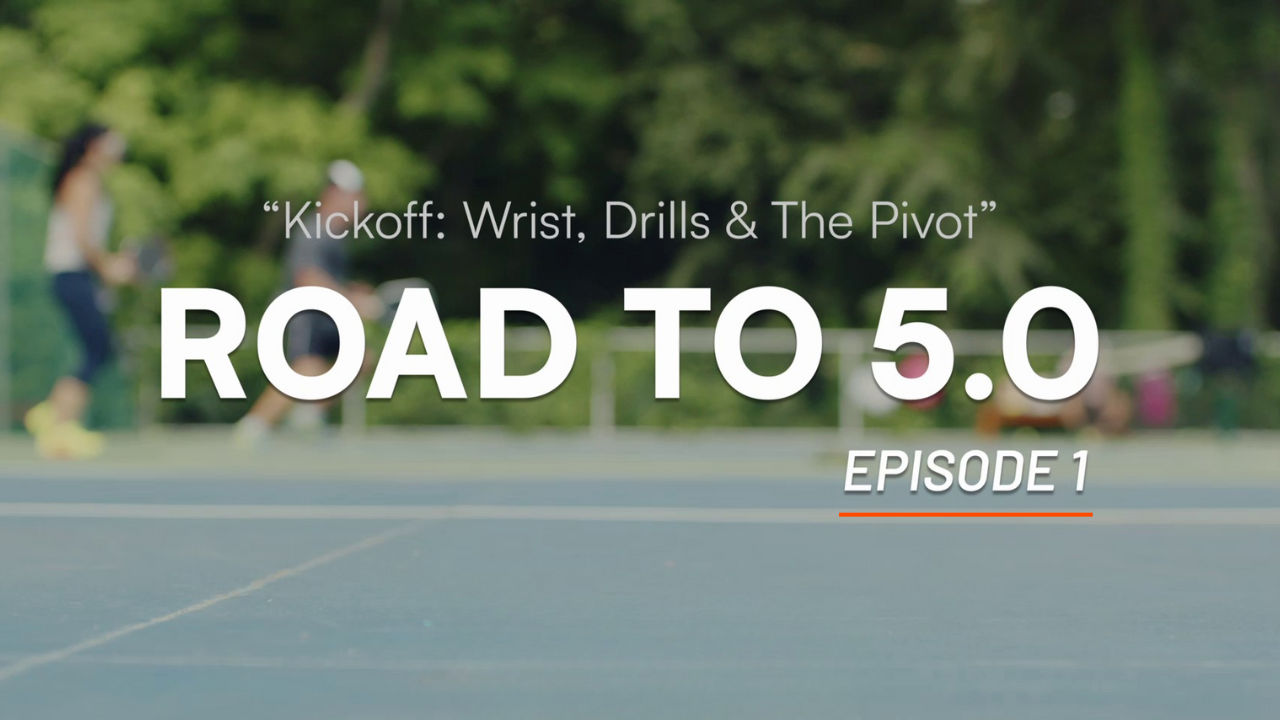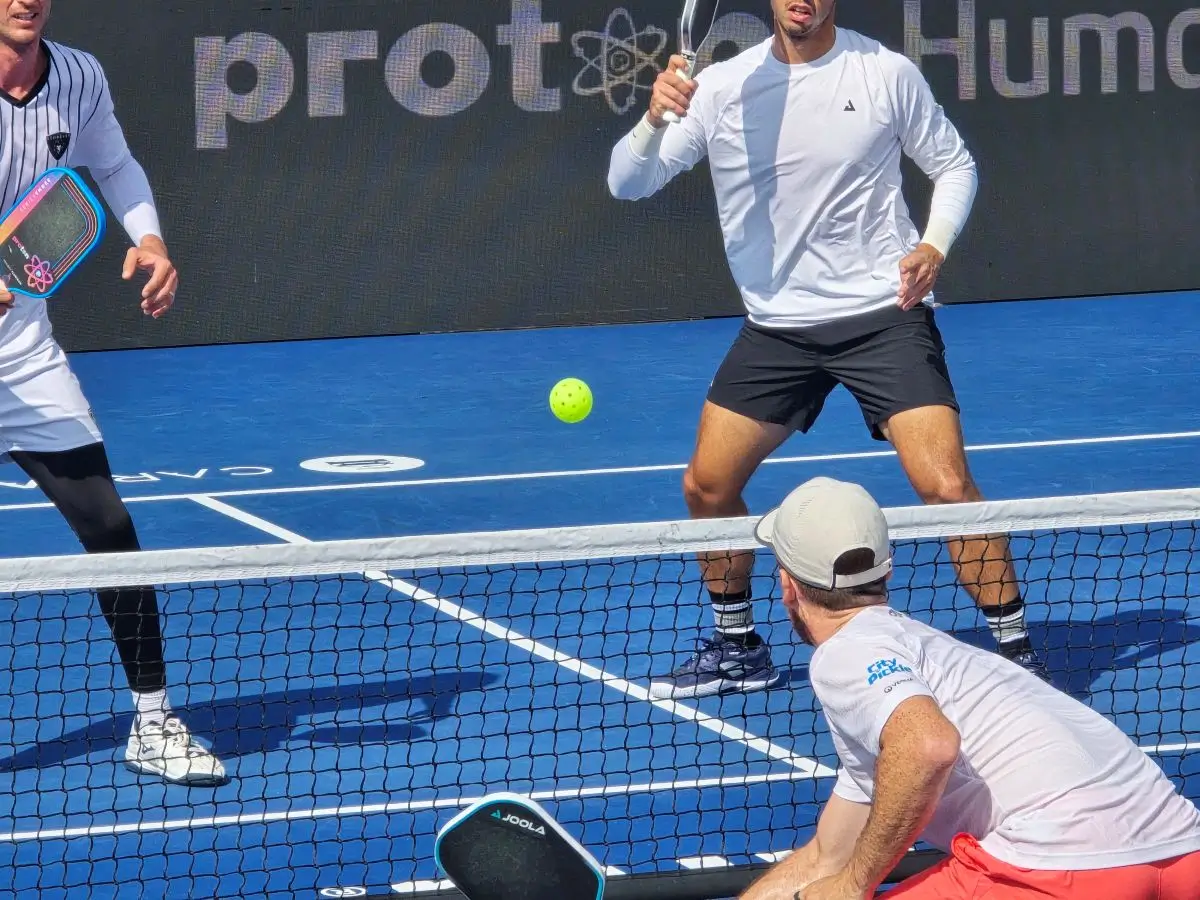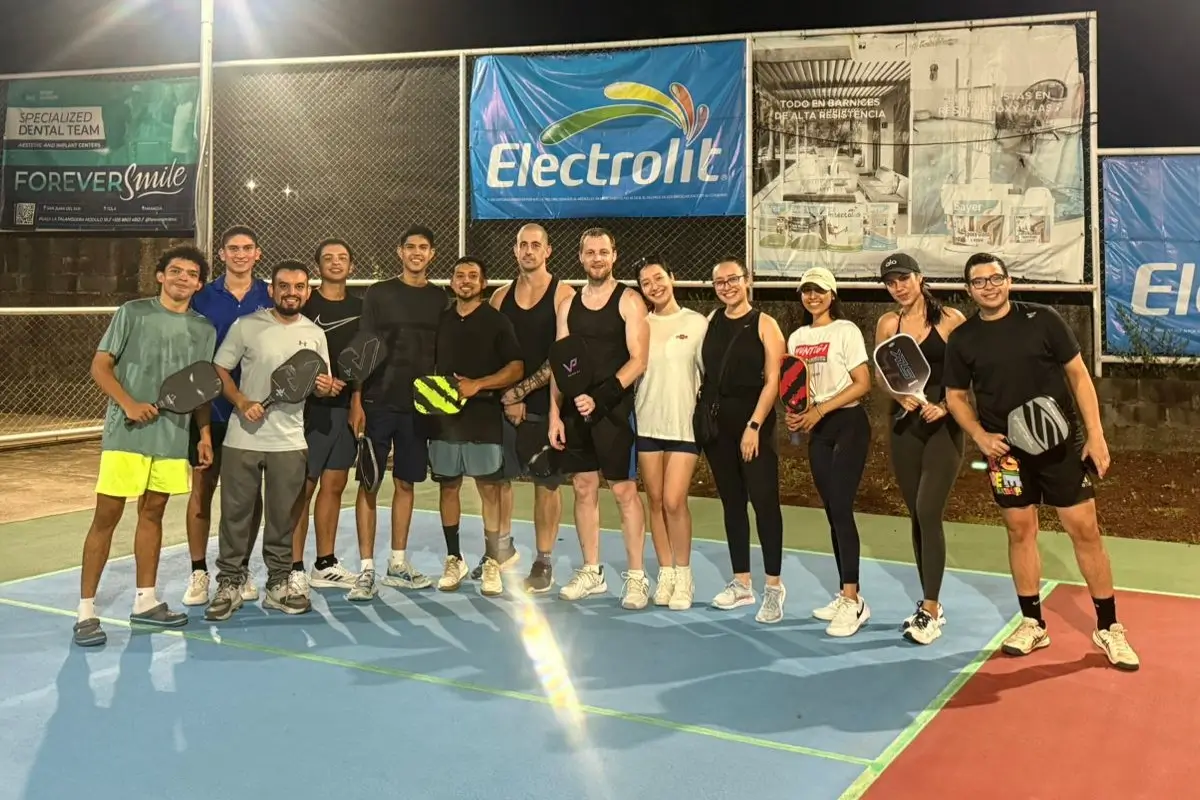Best Pickleball Paddle Surface Types: Carbon Fiber, Kevlar, and Spray-On Grit Explained
New to pickleball and wondering which paddle surface is right for you? I discuss carbon fiber, Kevlar, and spray-on grit in plain English so you can pick the paddle that fits your game, your budget, and your vibe.

In the evolving world of pickleball, the paddle you wield can make or break your game. Beyond the core and shape, the surface material plays a pivotal role in control, spin, and overall performance. Let's explore three primary paddle surface types: carbon fiber, Kevlar-grit, and spray-on grit.
Carbon Fiber: The Trendsetter in Pickleball
Manufacturing Process:
Carbon fiber paddles, like the Proton Flamingo or Joola Pro IV, are crafted using ultra-strong carbon filaments woven into fabrics such as T700 or 3K, which refer to the grade and density of the fiber weave. T700 is known for its strength and flexibility, while 3K indicates a tighter weave for more uniform surface properties. These carbon sheets are laid over a polypropylene honeycomb core, providing a lightweight but stable foundation. Once layered, they’re bonded using high-temperature resin and pressure, either through hot press molding or more advanced thermoforming. Thermoformed paddles are heated in a mold to create a seamless body, which enhances durability, provides a solid feel at contact, and reduces the likelihood of delamination over time.
Performance Characteristics:
- Durability: Exceptional strength-to-weight ratio ensures longevity.
- Spin Potential: Raw carbon fiber surfaces offer consistent spin over time.
- Control: Provides a stiff feel, enhancing shot precision. It's also the most popular surface grit in the pickleball world, widely used by amateurs and pros alike.
Pros:
- Long-lasting surface texture.
- Superior control and power balance.
- Preferred by advanced players seeking precision.
Cons:
- Higher price point.
- Will inevitably wear down over time, though quality paddles tend to maintain performance longer than cheaper alternatives.
Kevlar-Grit: The Durable Contender
Manufacturing Process:
Kevlar-grit paddles combine Kevlar and carbon fiber weaves, creating a robust surface. The grit is often integrated during the molding process, resulting in a durable, textured face.
Performance Characteristics:
- Durability: High resistance to wear and impact.
- Spin Potential: Maintains texture longer, ensuring consistent spin.
- Control: Balanced feel suitable for various play styles.
Pros:
- Exceptional longevity.
- Consistent performance over time.
- Ideal for players seeking a balance between power and control.
Cons:
- Premium pricing.
- It's the heaviest grit option, so reduces the amount of lead customization you can do.
Spray-On Grit: The Quick Fix
Manufacturing Process:
This method involves applying a gritty paint or coating onto the paddle's surface. While cost-effective, the texture tends to wear off quickly.
Performance Characteristics:
- Affordability: Low-cost option for adding spin.
- Spin Potential: High initial spin, but degrades rapidly.
- Control: Inconsistent as the texture wears.
Pros:
- Budget-friendly.
- Allows wide variety of customization for paddle appearance.
Cons:
- Short-lived texture.
- Even when fresh, it's not as gritty as carbon fiber.
Choosing Your Surface
Selecting the right paddle surface depends on your playing style, budget, and commitment to the game.
- Competitive Players: Carbon fiber and Kevlar-grit paddles deliver consistent spin, exceptional durability, and the kind of precision needed at higher levels of competition.
- Everyday and Recreational Players: Spray-on grit paddles are easy on the wallet and flashy in appearance, making them an appealing choice for casual play. Just don’t expect the grip to last long.
- Can't Decide?: Carbon fiber is currently the go-to for its widespread popularity, feel, and balanced performance. If you're playing regularly and taking things seriously, this is your safest bet.
Remember, the paddle is an extension of your arm. Choose wisely to enhance your game and enjoy every rally.







